Property from the Collection of John J. Studzinski, CBE 大英帝國司令勳章受勳者John J. Studzinski珍藏 A grey pottery tortoise-shaped ink-stone and cover Han Dynasty The base cleverly modelled as a tortoise standing four square with the head raised, gazing upward with rounded eyes, the domed shell forming the removable cover, incised with hexagons and hexagrams, the oblong lower body recessed to function as the ink-well. 24.5cm (9 5/8in) long. (2). Fußnoten 漢 灰陶龜形硯連蓋 Provenance : Gisèle Croës Arts d'Extrême-Orient, Brussels, 19 May 2001 John J. Studzinski, CBE 來源:比利時布魯塞爾古董商,Gisèle Croës Arts d'Extrême-Orient,2001年5月19日 大英帝國司令勳章受勳者John J. Studzinski珍藏 The result of ASA Authentication et Datation d'Objects d'Art et d'Archaeologie par Methodes Scientifiques, Paris, thermoluminescence test no.14.24.27- TL 102.061, dated 19 February 2001, is consistent with the dating of this lot. 巴黎ASA Authentication et Datation d'Objects d'Art et d'Archaeologie par Methodes Scientifiques熱釋光檢測結果(2001年2月19日,編號14.24.27- TL 102.061)顯示年代與本拍品年代一致。 Traditionally regarded as a symbol of strength, wisdom, endurance and longevity, the tortoise is associated with auspicious connotations in China since Neolithic times. With the upper shell representing the domed heavens and the lower shell representing the earth, the creature has been regarded as a symbol of the cosmos. During the Shang dynasty, the lower shell of a tortoise was used in divination rites. Also associated with water, it is apt that the turtle's form has been appropriated for the mixing of ink and water by a scholar. See a slightly larger version in the collection of the Miho Museum, Kyoto, with a similarly incised upper shell and face, illustrated in Catalogue of the Miho Museum (The South Wing), Kyoto, 1997, pl.119. A buff pottery example inscribed with trigrams is in the collection of the Minneapolis Institute of Art, obj.no.32.54.4A,B. Other smaller examples also inscribed with trigrams are illustrated by C.Liu, M.Nylan and A. Barbieri-Low, Recarving China's Past: Art Archaeology and Architecture of the 'Wu Family Shrines', New Haven, 2005, pl.54, and by R.Jacobsen, Celestial Horses & Long Sleeve Dancers: The David W.Dewey Collection of Ancient Chinese Tomb Sculpture, Hong Kong, 2013, pl.65. Compare with a related tortoise-shaped pottery ink stone, Han/Tang dynasty, which was sold at Sotheby's Hong Kong, 2-3 June 2016, lot 693.
Property from the Collection of John J. Studzinski, CBE 大英帝國司令勳章受勳者John J. Studzinski珍藏 A grey pottery tortoise-shaped ink-stone and cover Han Dynasty The base cleverly modelled as a tortoise standing four square with the head raised, gazing upward with rounded eyes, the domed shell forming the removable cover, incised with hexagons and hexagrams, the oblong lower body recessed to function as the ink-well. 24.5cm (9 5/8in) long. (2). Fußnoten 漢 灰陶龜形硯連蓋 Provenance : Gisèle Croës Arts d'Extrême-Orient, Brussels, 19 May 2001 John J. Studzinski, CBE 來源:比利時布魯塞爾古董商,Gisèle Croës Arts d'Extrême-Orient,2001年5月19日 大英帝國司令勳章受勳者John J. Studzinski珍藏 The result of ASA Authentication et Datation d'Objects d'Art et d'Archaeologie par Methodes Scientifiques, Paris, thermoluminescence test no.14.24.27- TL 102.061, dated 19 February 2001, is consistent with the dating of this lot. 巴黎ASA Authentication et Datation d'Objects d'Art et d'Archaeologie par Methodes Scientifiques熱釋光檢測結果(2001年2月19日,編號14.24.27- TL 102.061)顯示年代與本拍品年代一致。 Traditionally regarded as a symbol of strength, wisdom, endurance and longevity, the tortoise is associated with auspicious connotations in China since Neolithic times. With the upper shell representing the domed heavens and the lower shell representing the earth, the creature has been regarded as a symbol of the cosmos. During the Shang dynasty, the lower shell of a tortoise was used in divination rites. Also associated with water, it is apt that the turtle's form has been appropriated for the mixing of ink and water by a scholar. See a slightly larger version in the collection of the Miho Museum, Kyoto, with a similarly incised upper shell and face, illustrated in Catalogue of the Miho Museum (The South Wing), Kyoto, 1997, pl.119. A buff pottery example inscribed with trigrams is in the collection of the Minneapolis Institute of Art, obj.no.32.54.4A,B. Other smaller examples also inscribed with trigrams are illustrated by C.Liu, M.Nylan and A. Barbieri-Low, Recarving China's Past: Art Archaeology and Architecture of the 'Wu Family Shrines', New Haven, 2005, pl.54, and by R.Jacobsen, Celestial Horses & Long Sleeve Dancers: The David W.Dewey Collection of Ancient Chinese Tomb Sculpture, Hong Kong, 2013, pl.65. Compare with a related tortoise-shaped pottery ink stone, Han/Tang dynasty, which was sold at Sotheby's Hong Kong, 2-3 June 2016, lot 693.
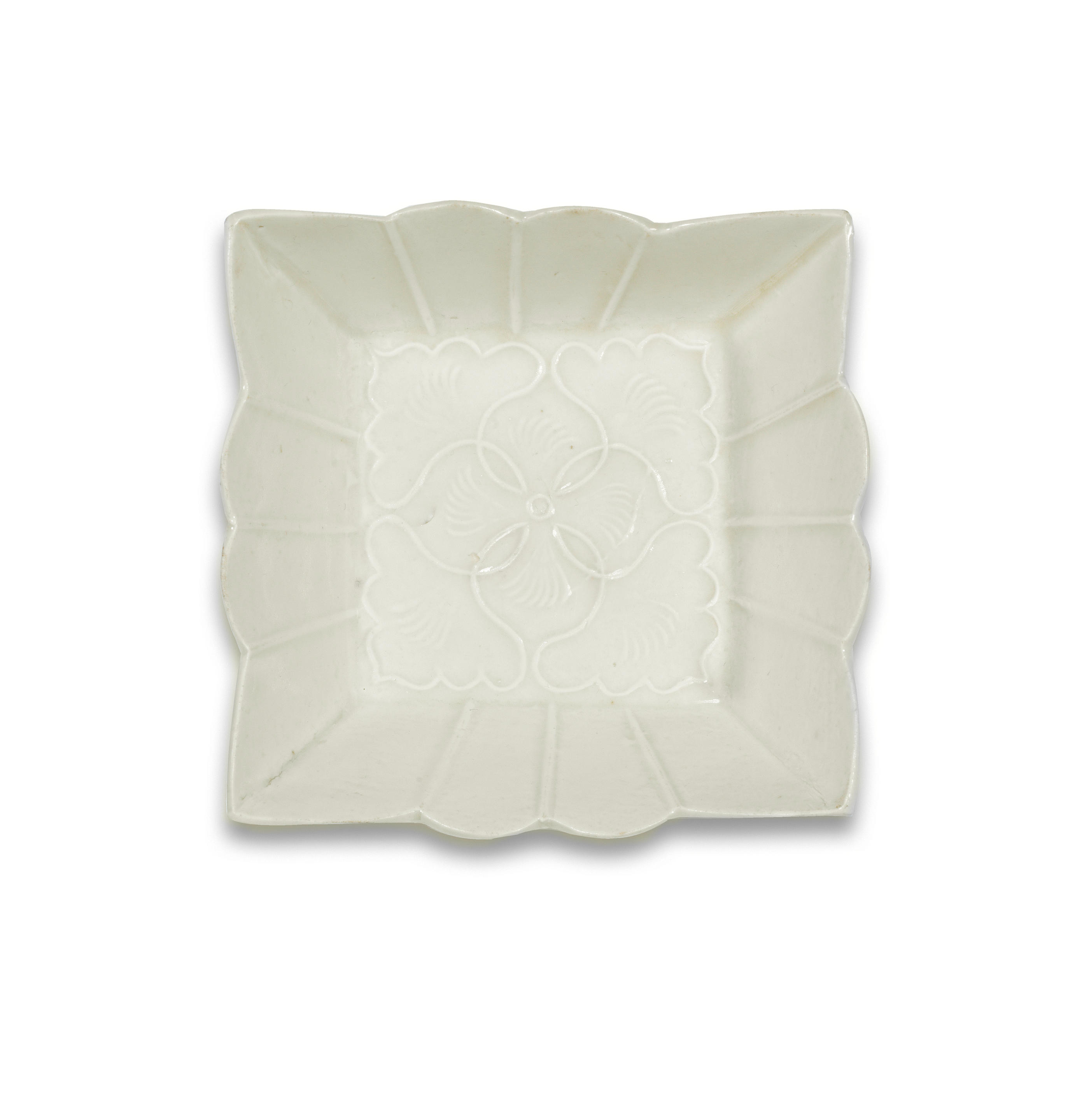
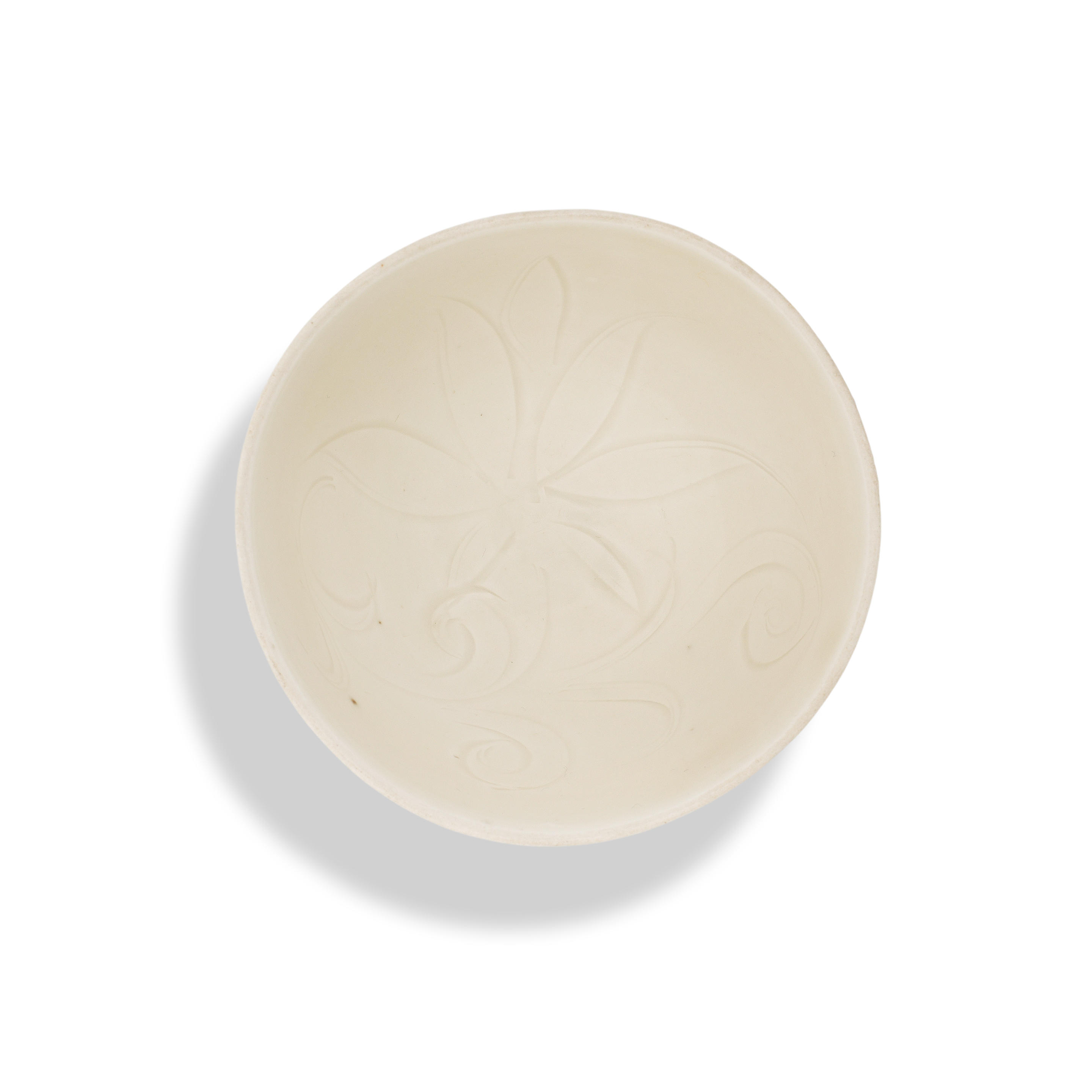
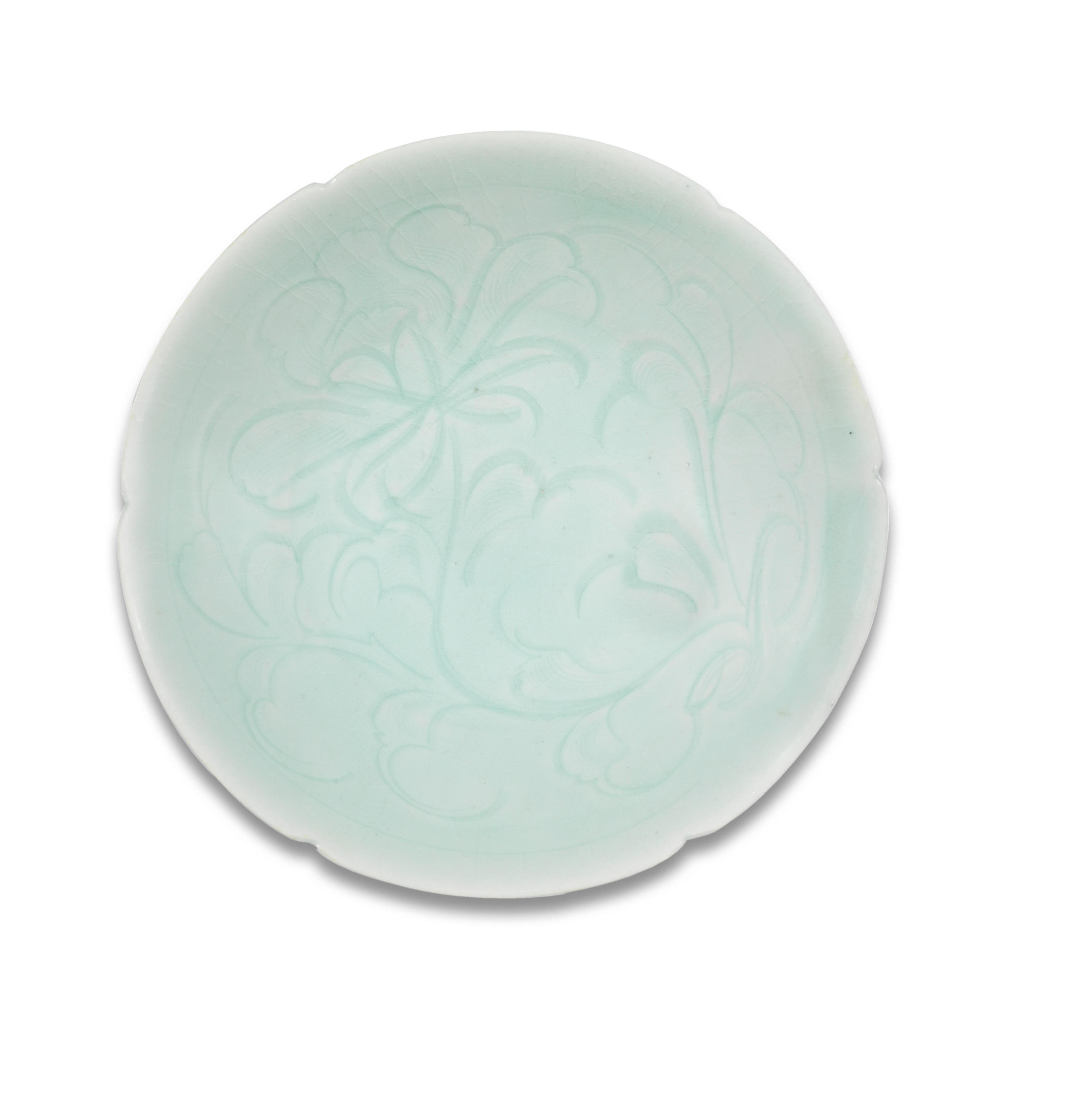
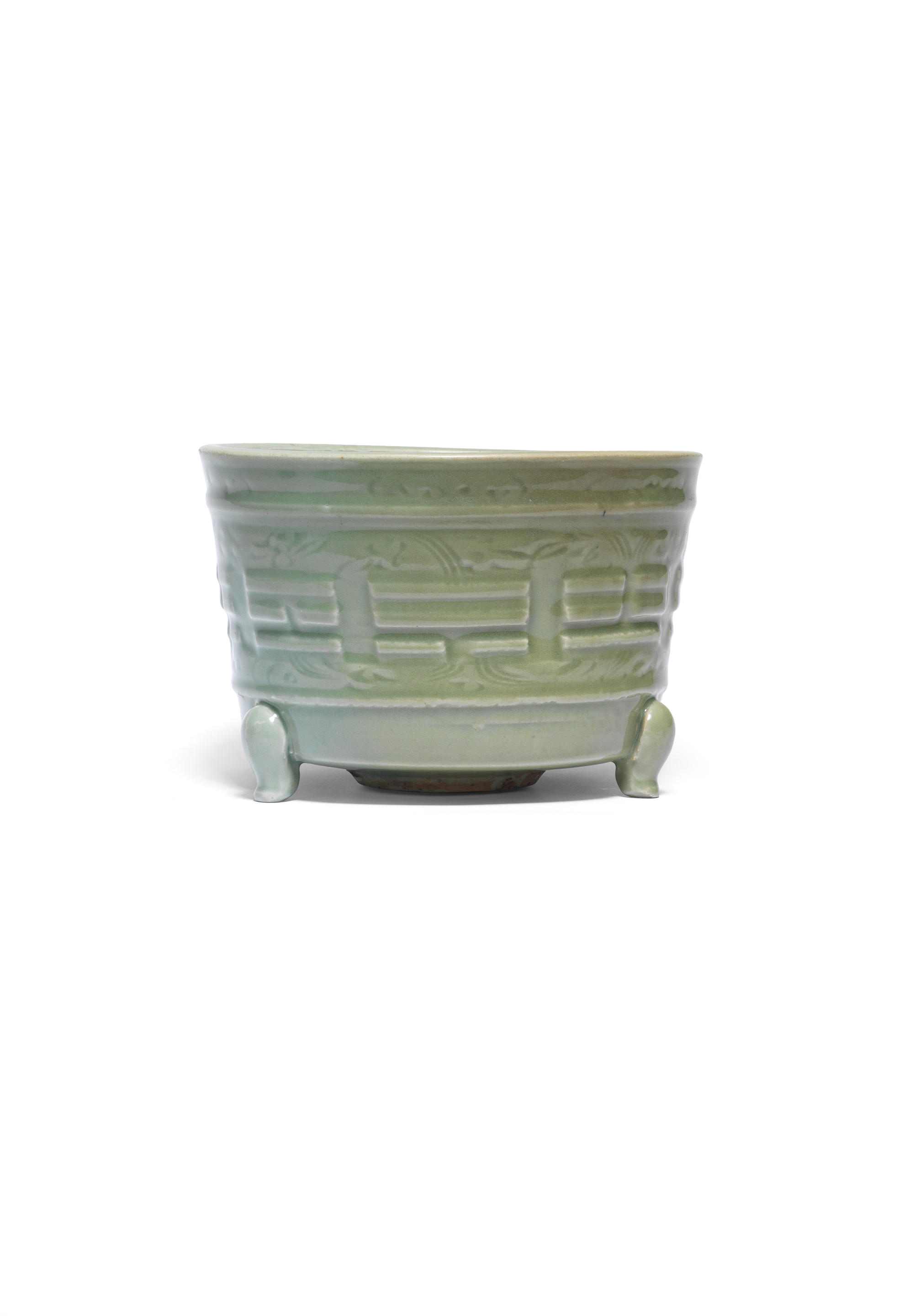
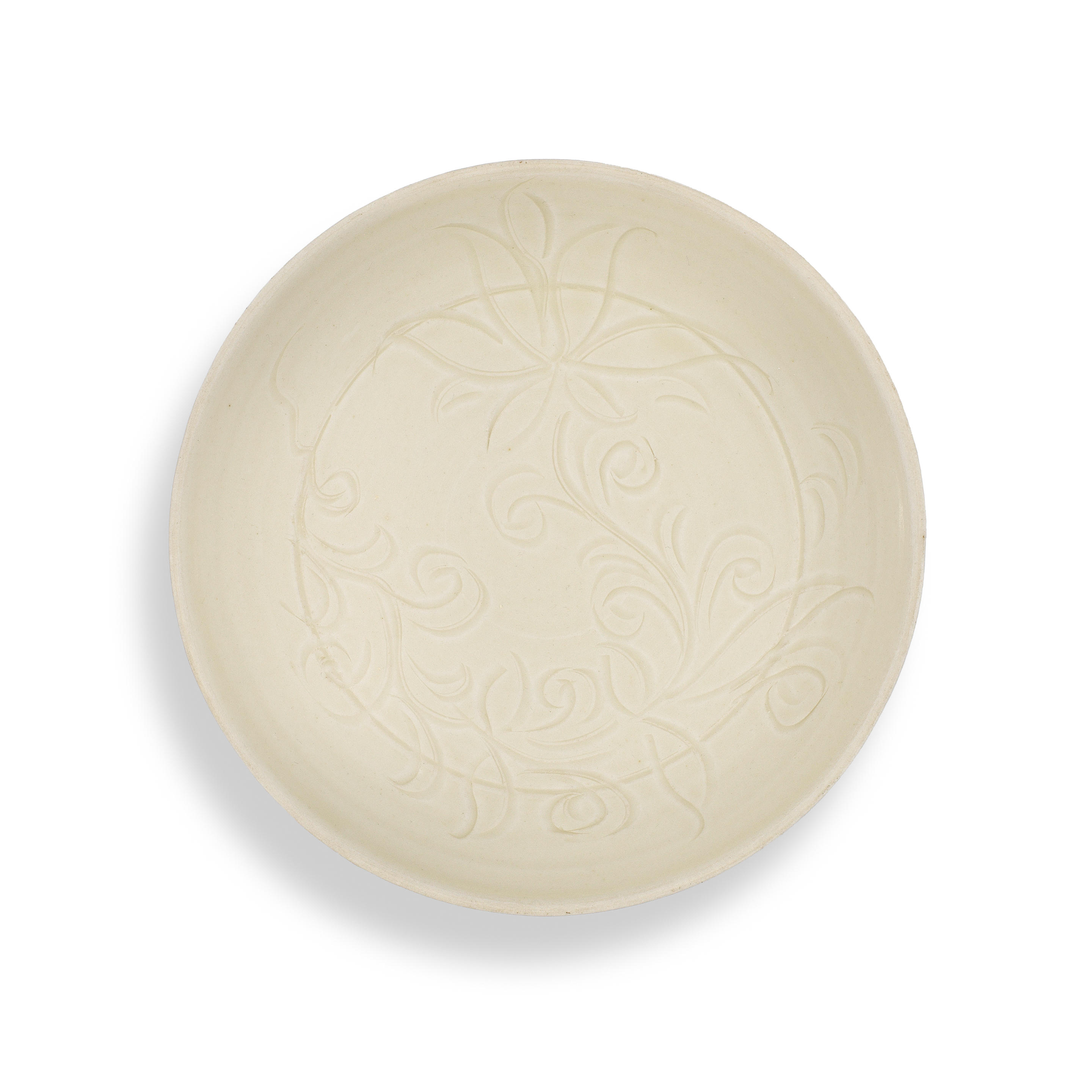

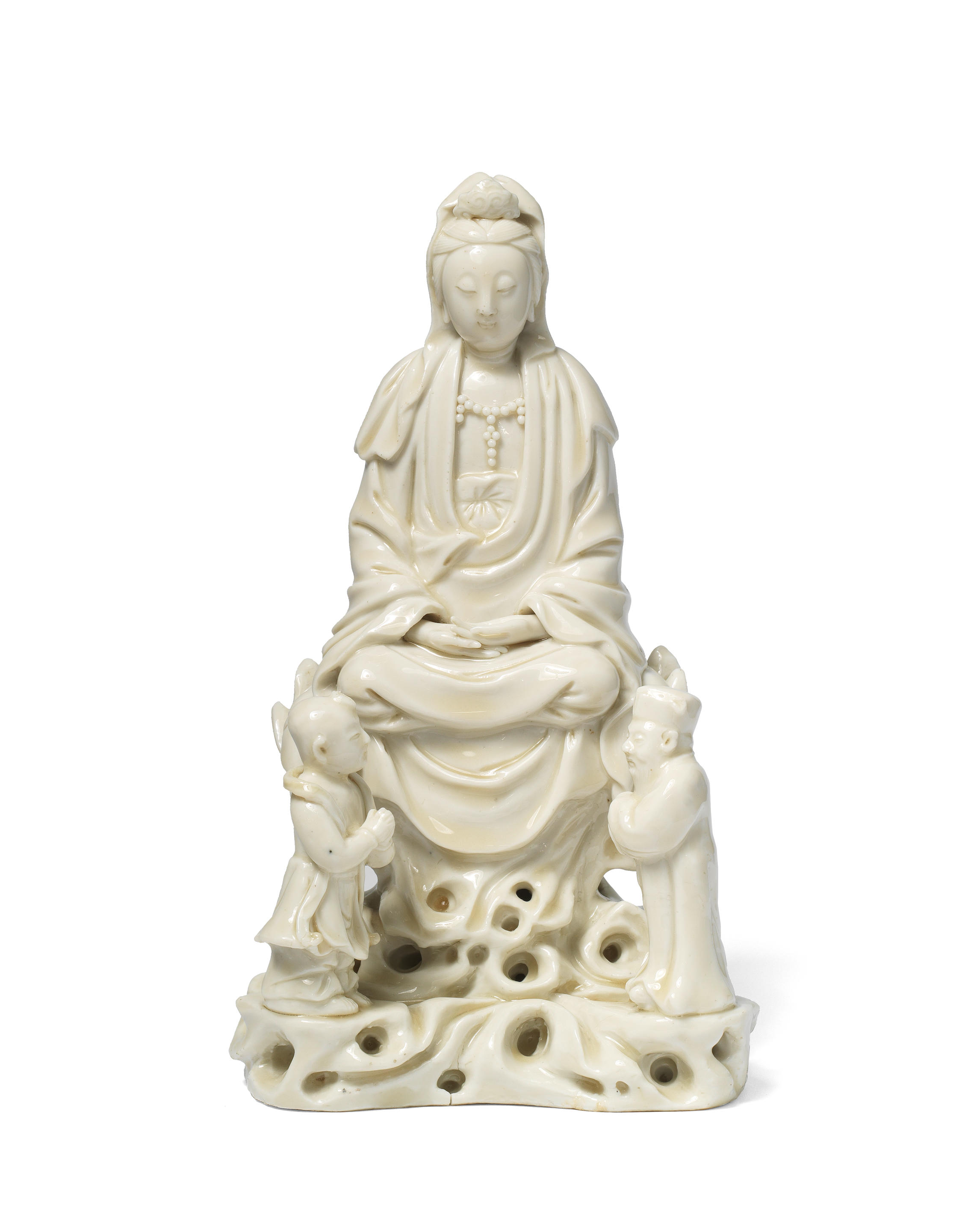
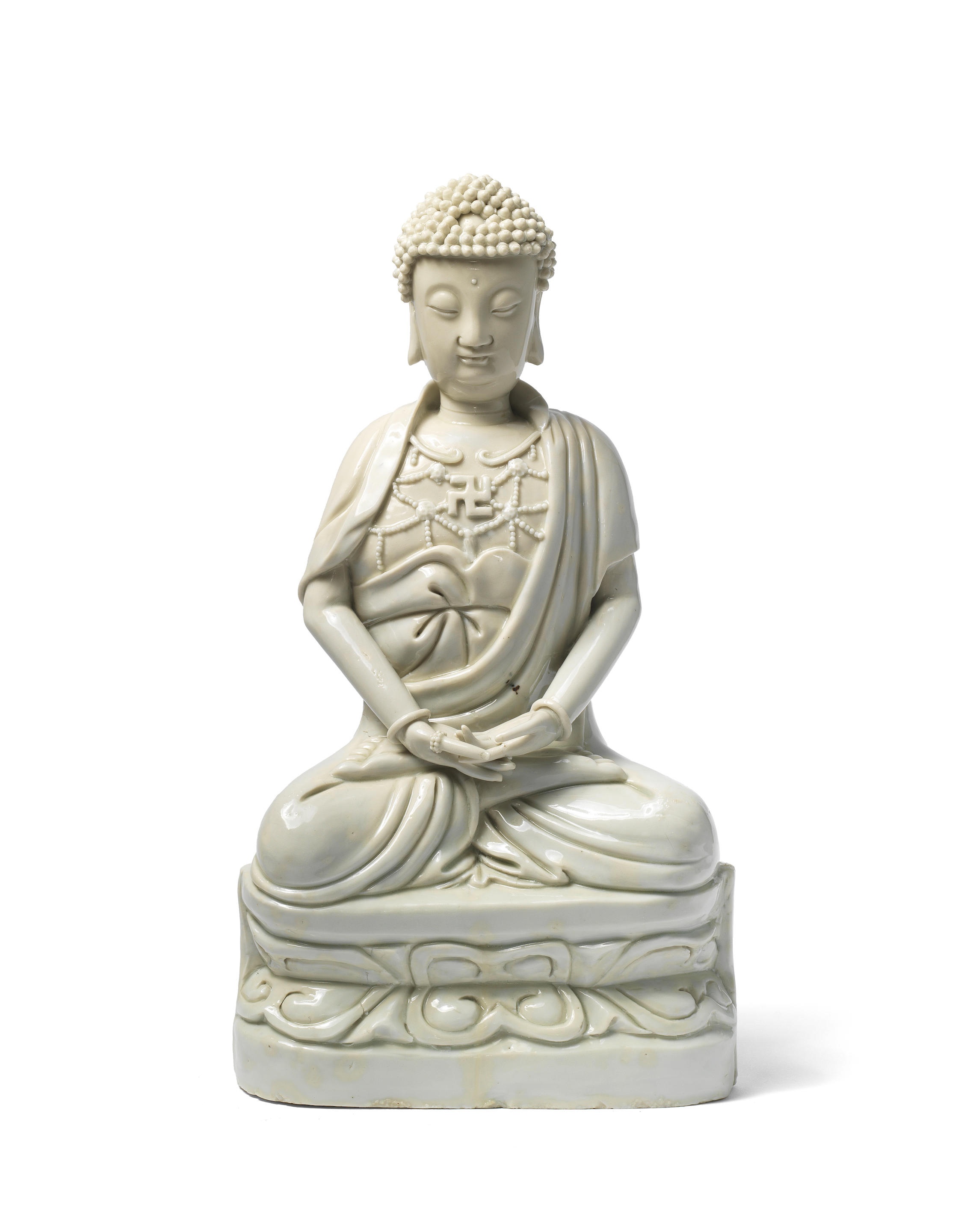
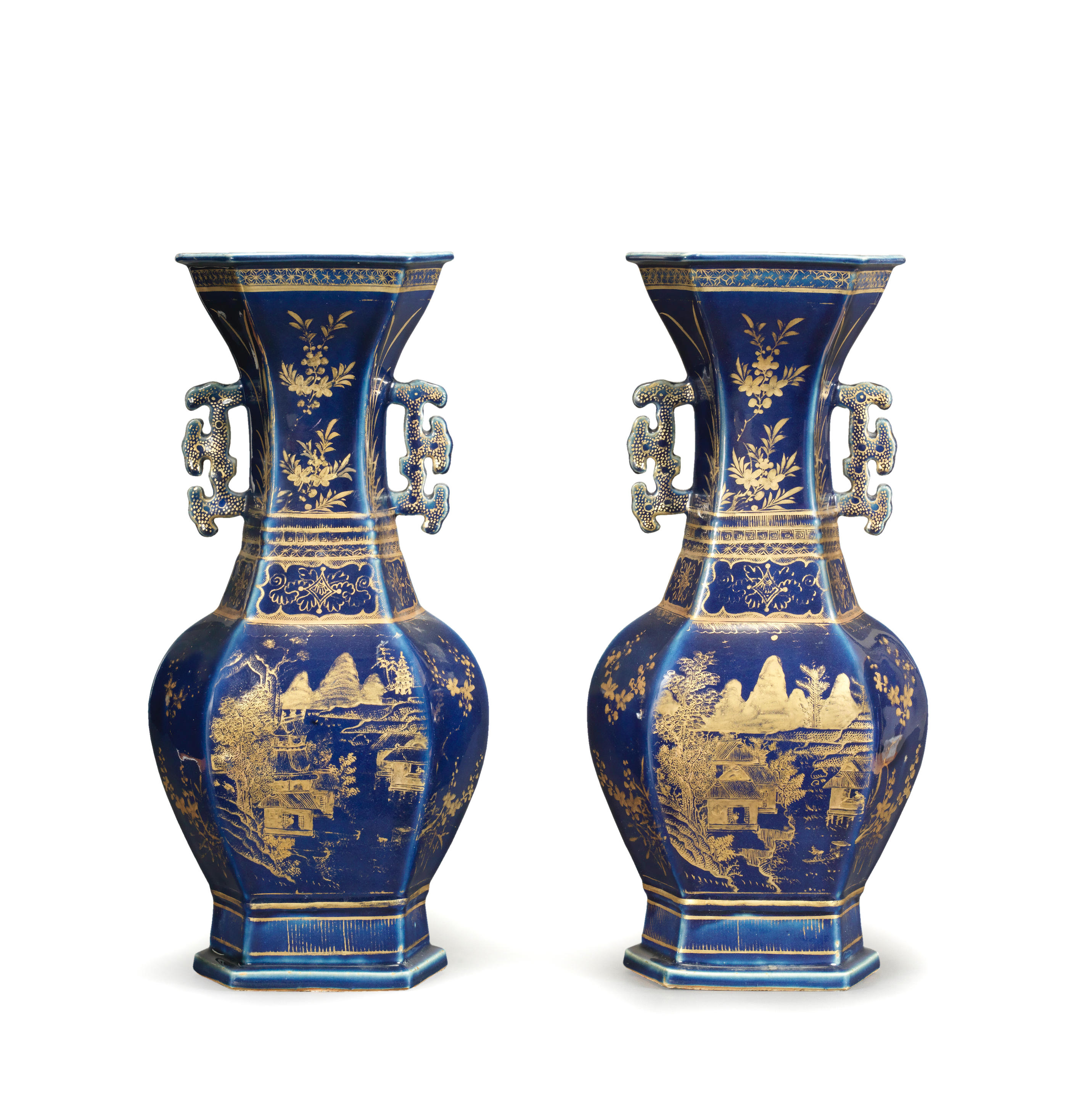
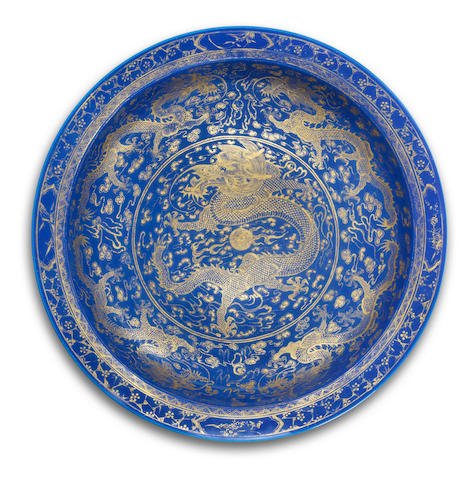



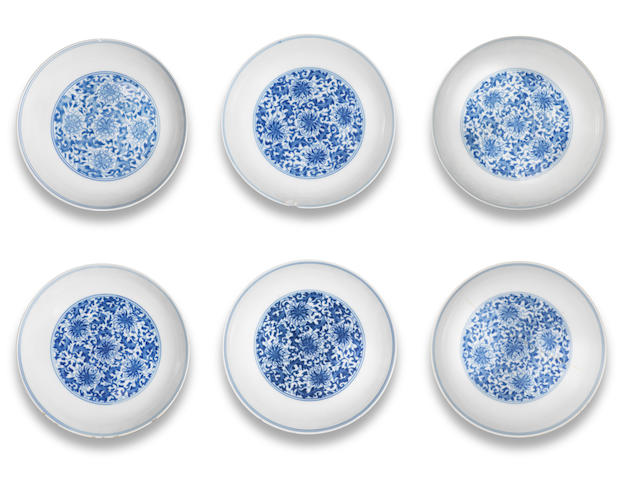

Try LotSearch and its premium features for 7 days - without any costs!
Be notified automatically about new items in upcoming auctions.
Create an alert